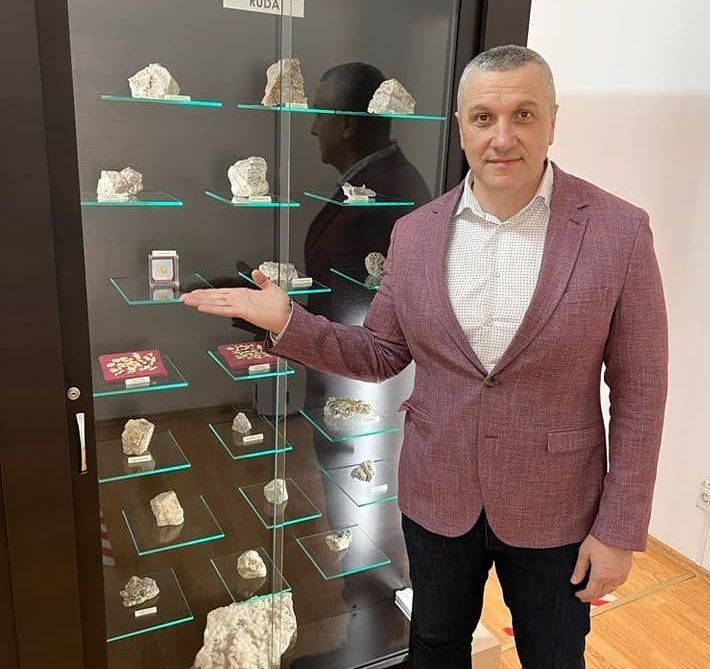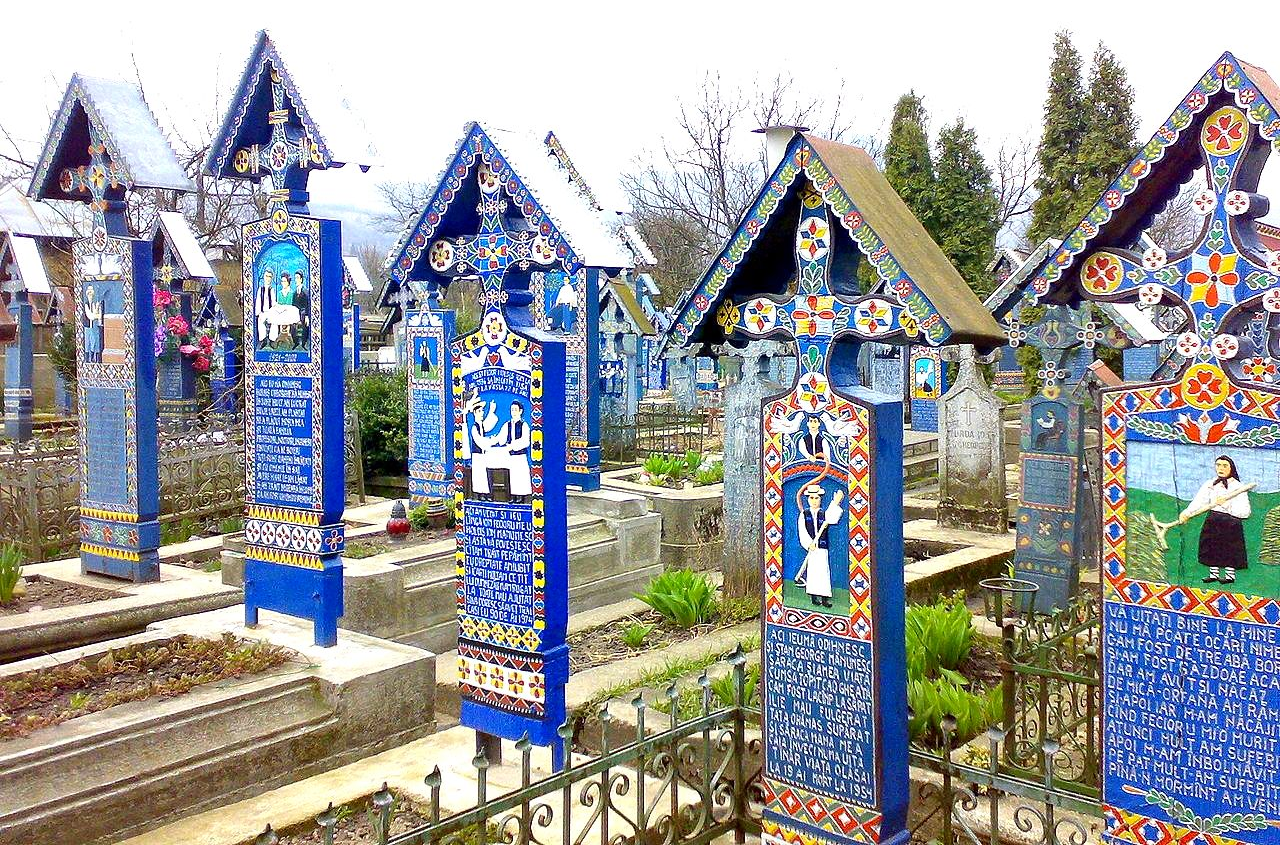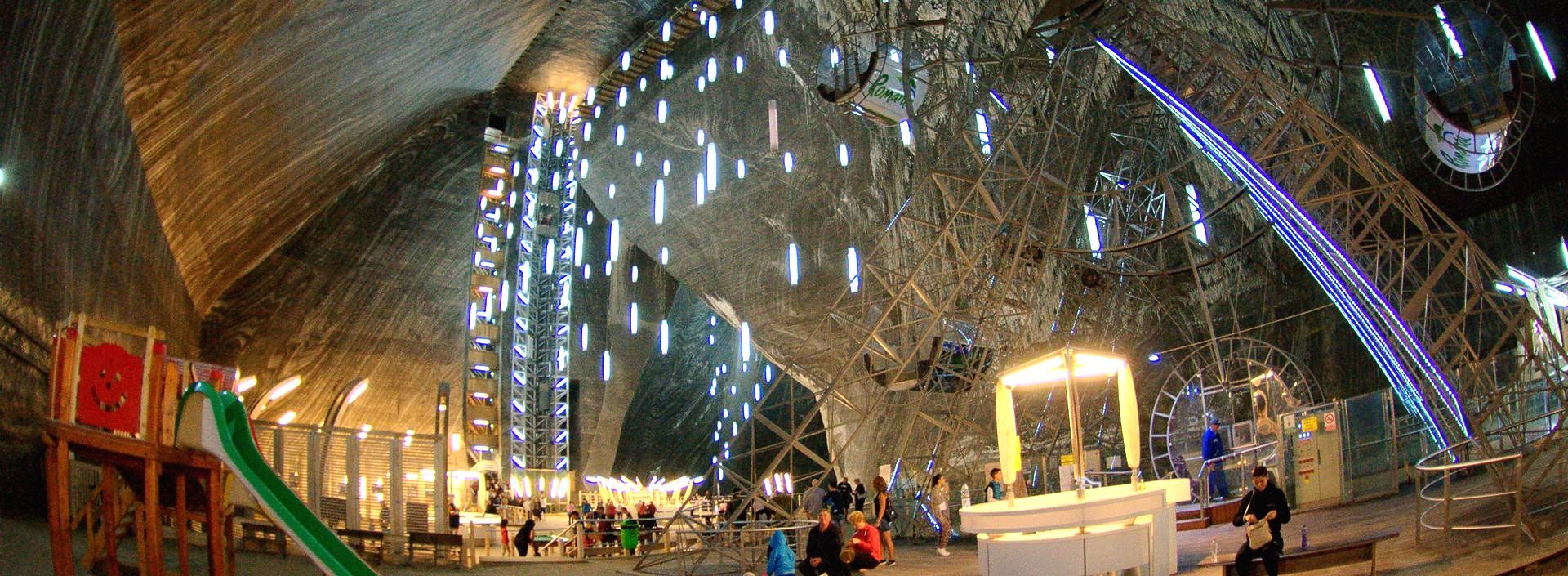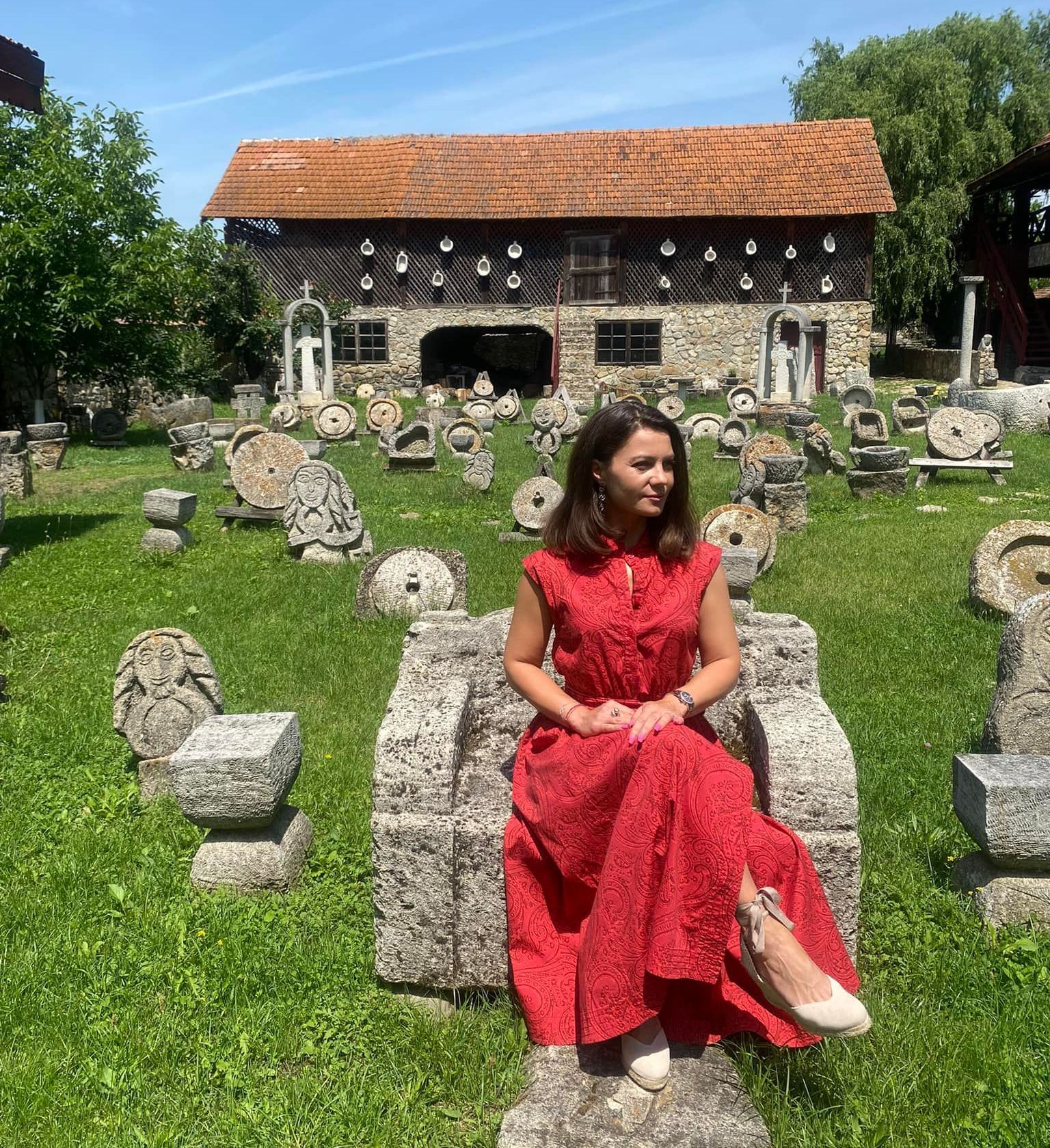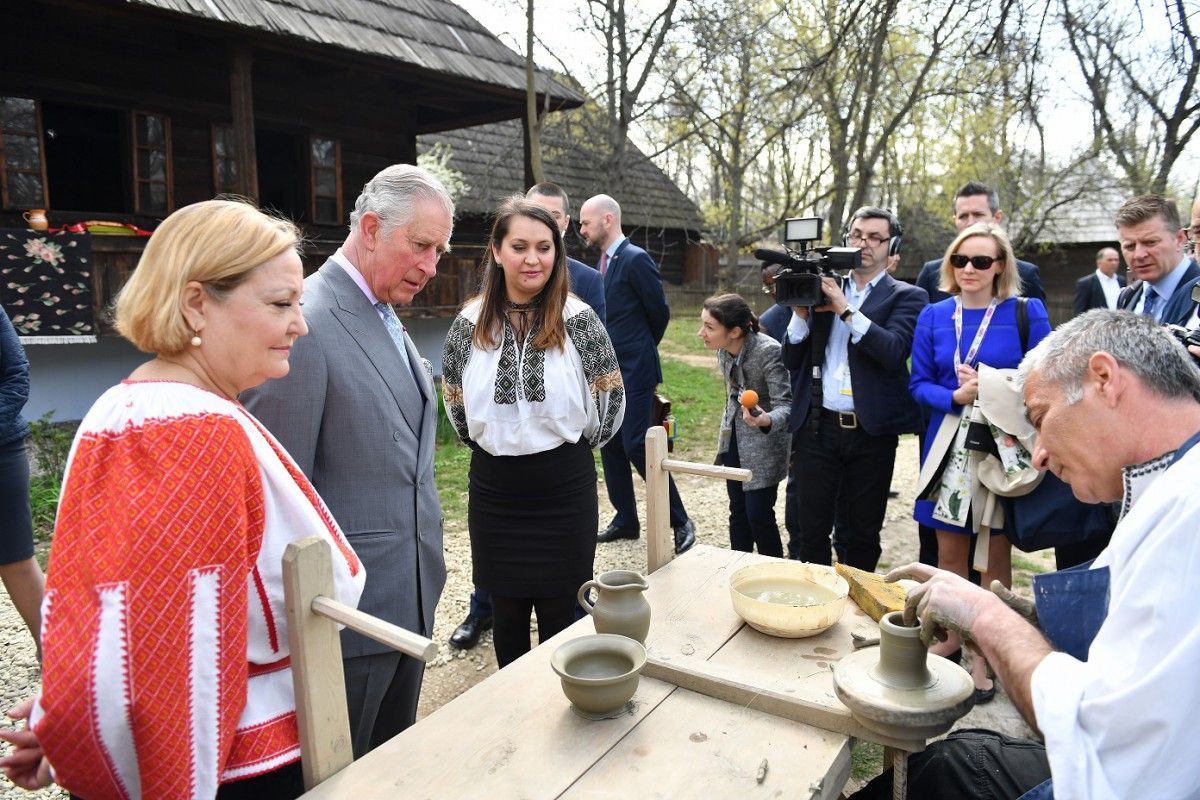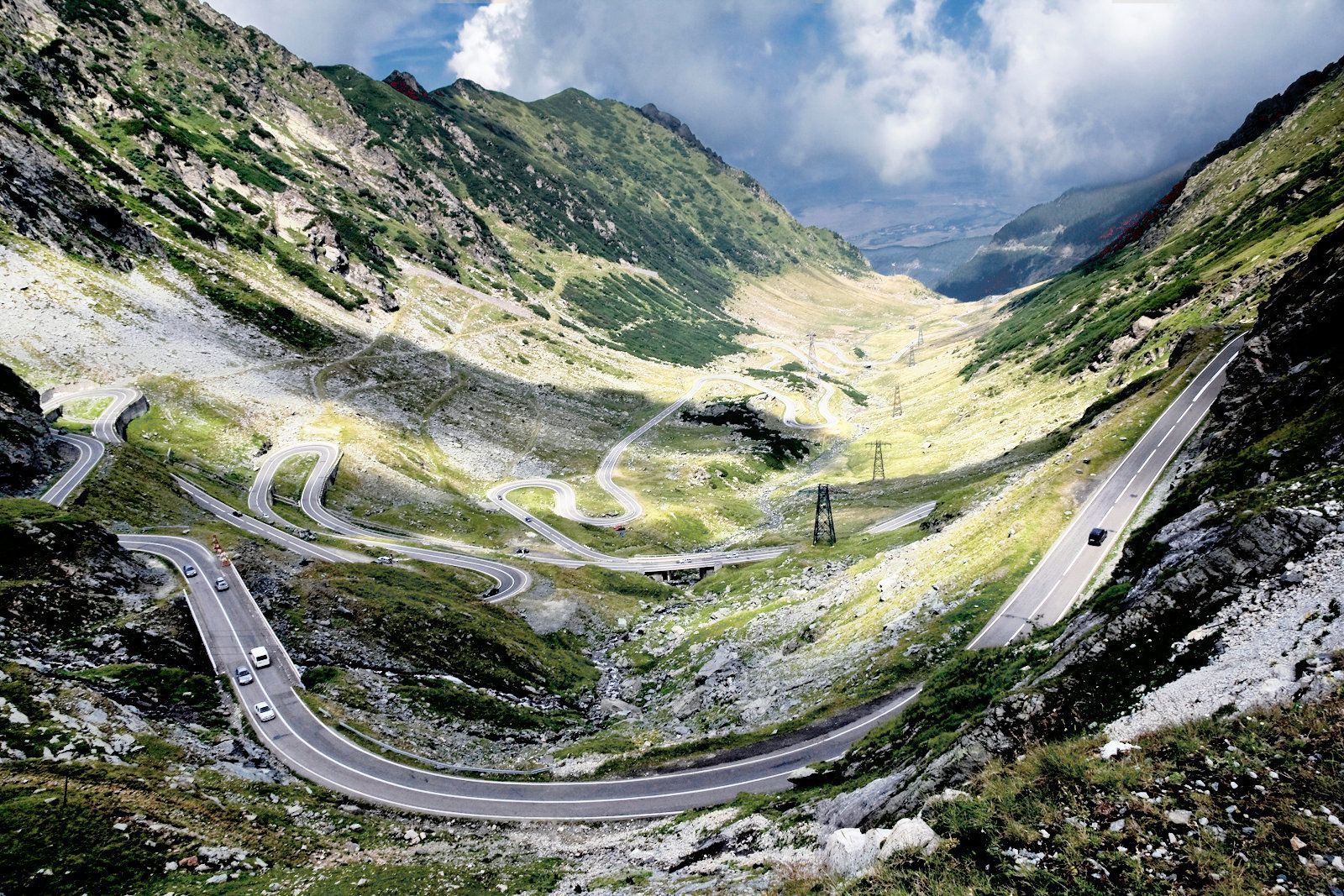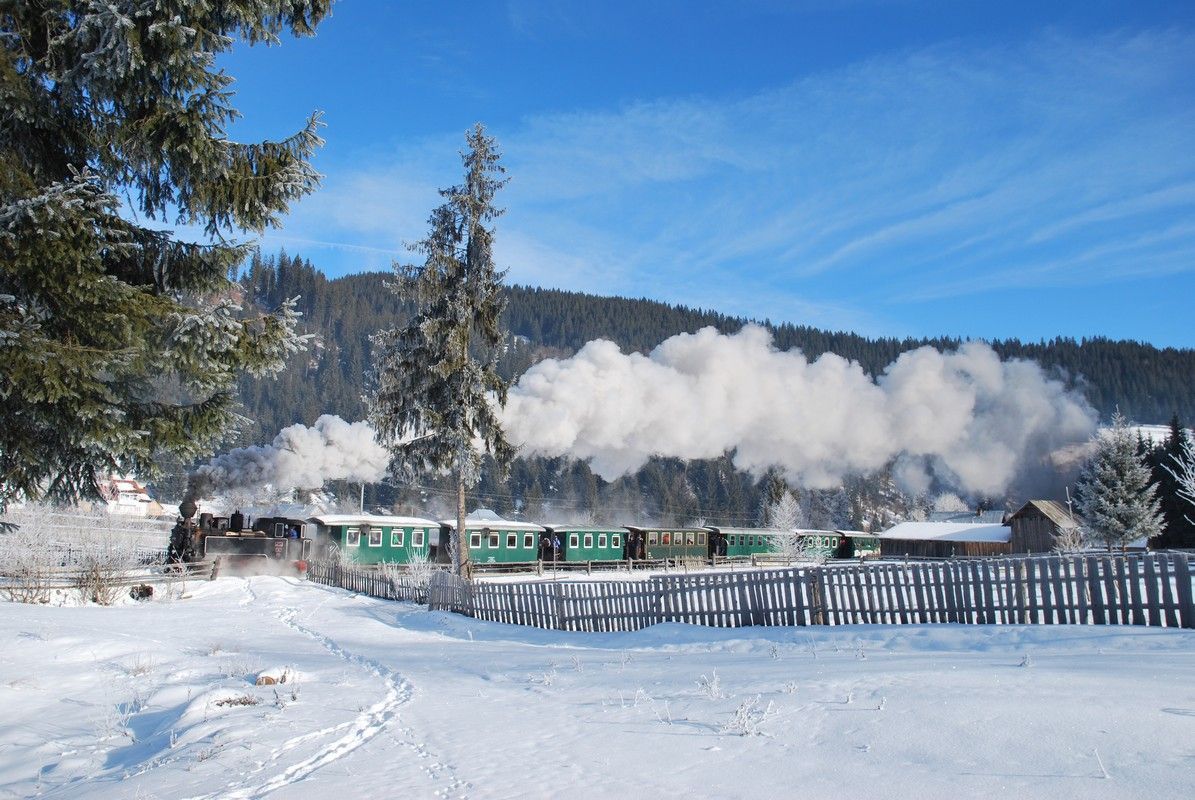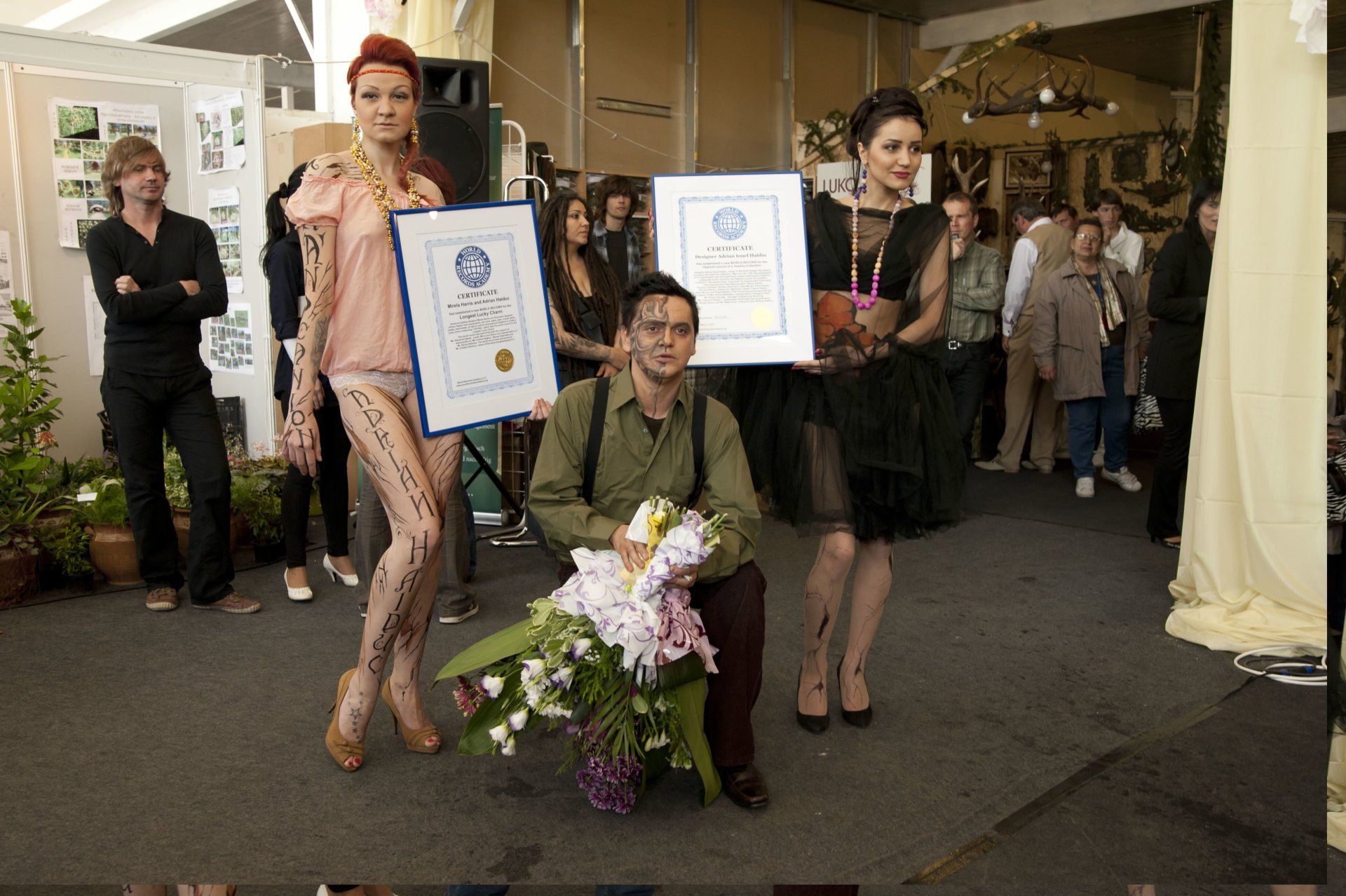World's Most Famous Vampire, world record set by Bram Stoker's fictional Count Dracula

Brasov, Romania--Bram Stoker's fictional Count Dracula is considered the prototypical and archetypal vampire in subsequent works of fiction; due to a combination of the lasting impact of his 1897 novel, legal battles over its copyright, and numerous successful adaptations in film and other media, it become the World's Most Famous Vampire, according to the WORLD RECORD ACADEMY.

"Bram Stoker's fictional Count Dracula became the world's most famous vampire due to a combination of the lasting impact of his 1897 novel, legal battles over its copyright, and numerous successful adaptations in film and other media.
"Although Stoker's book was a moderate success initially, an early unauthorized film adaptation and later legal action by his widow cemented the character's immortality in popular culture," (AI Overview)
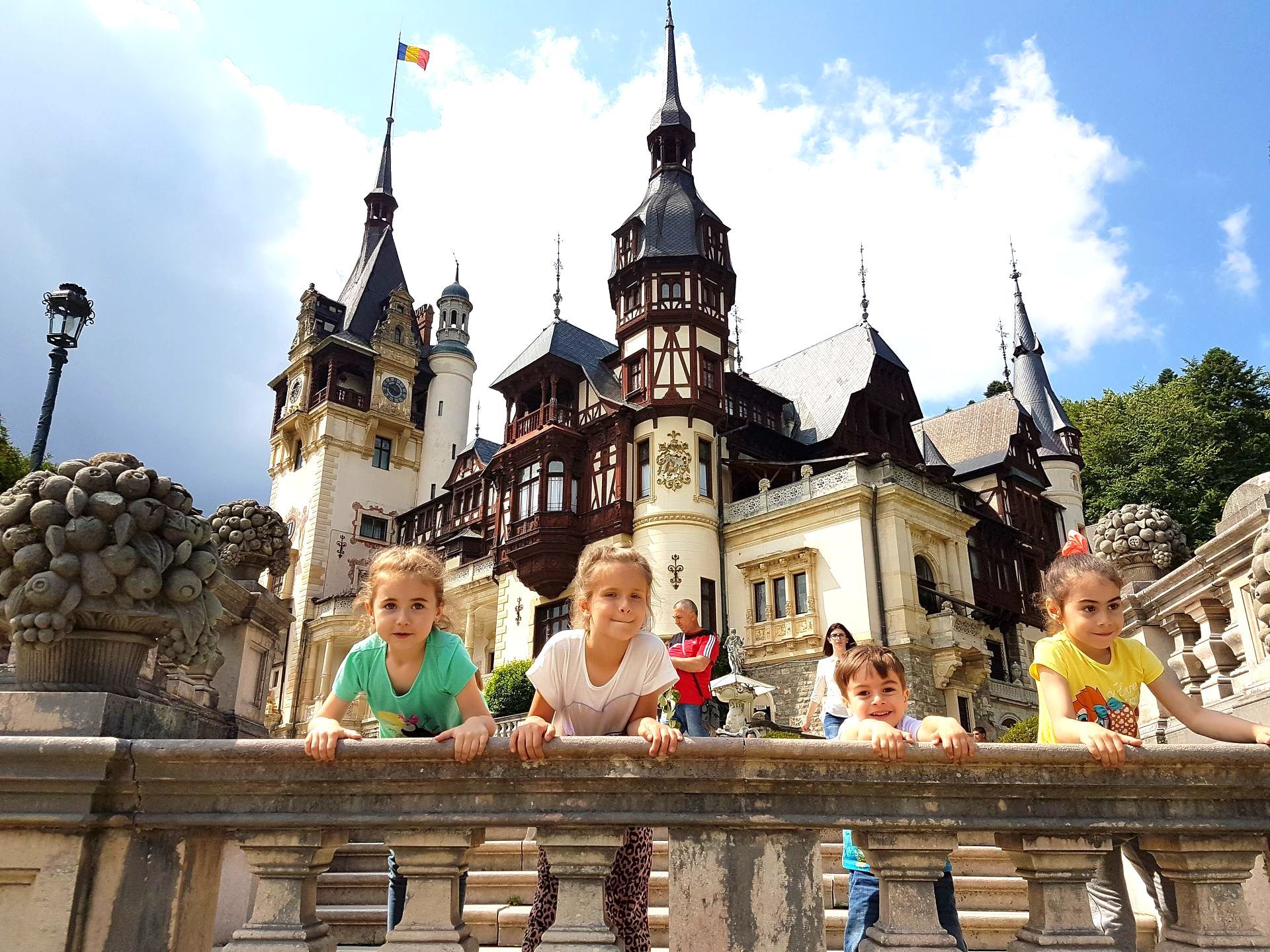
- The original novel: Bram Stoker's Dracula (1897) was a moderate success, but it established the now-famous characteristics of the vampire.
- Legal battles: A 1922 unauthorized German film adaptation, Nosferatu, sparked a lawsuit that ultimately brought the character to a wider, immortal audience.
- Copyright and the stage: The lawsuit forced Stoker's widow to authorize a stage version, which became a classic thanks in part to Bela Lugosi's performance.
- Iconic film adaptation: Lugosi's portrayal in the 1931 film version of the stage adaptation cemented Dracula's signature look and performance, influencing countless subsequent adaptations.
- Cultural icon: Today, Dracula's influence is so vast that he is the most portrayed literary character in history, with over 700 appearances in virtually every form of media. (AI Overview)
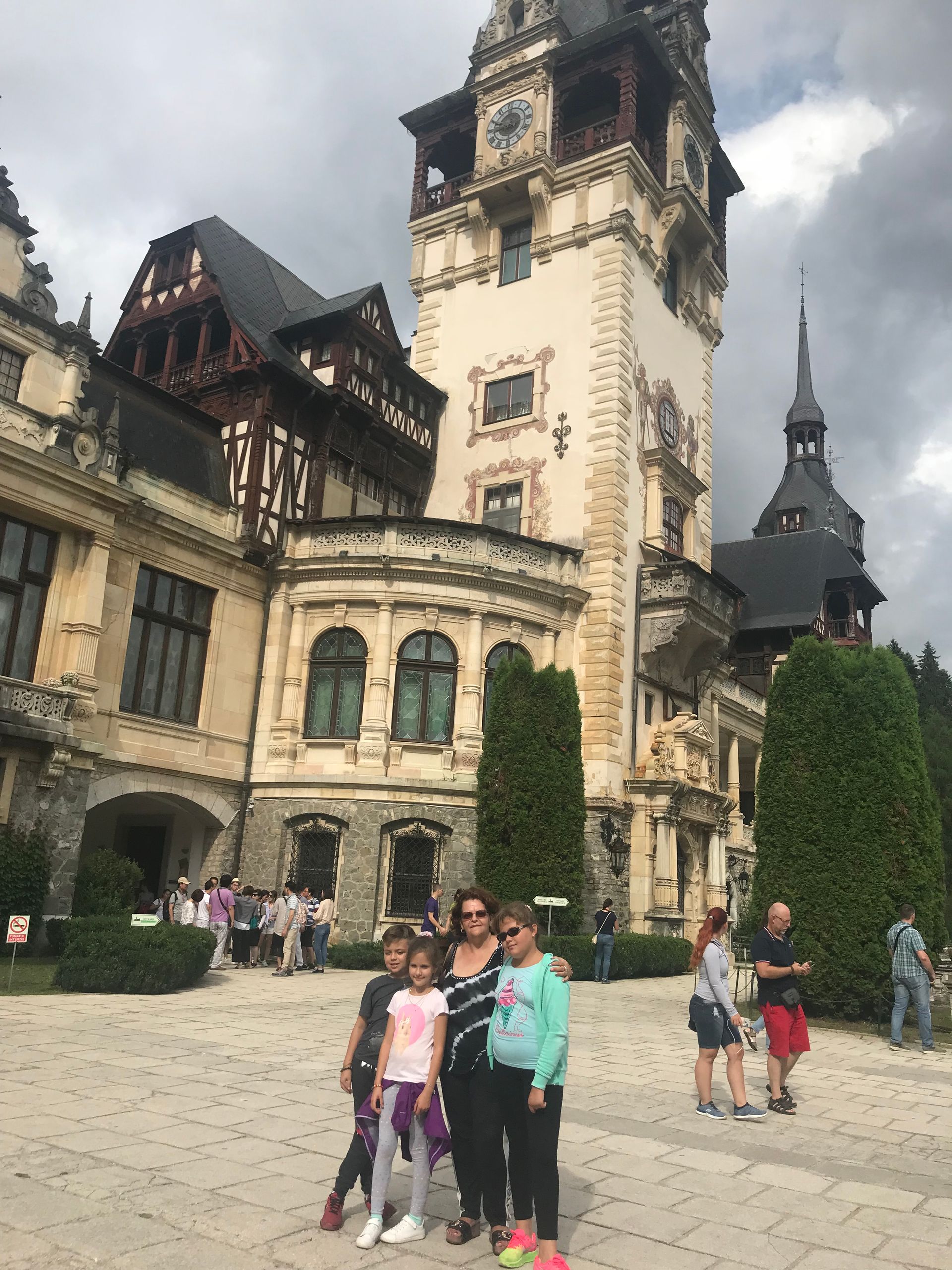
"Count Dracula (/ˈdrækjʊlə, -jə-/) is the title character of Bram Stoker's 1897 gothic horror novel Dracula. He is considered the prototypical and archetypal vampire in subsequent works of fiction. Aspects of the character are believed by some to have been inspired by the 15th-century Wallachian prince Vlad the Impaler, who was also known as Vlad Dracula, and by Sir Henry Irving and Jacques Damala, actors with aristocratic backgrounds that Stoker had met during his life. Count Dracula is one of the best-known fictional figures of the Victorian era
"One of Dracula's most famous powers is his ability to turn others into vampires by biting them and infecting them with the vampiric disease. Other characteristics have been added or altered in subsequent popular fictional works, including books, films, cartoons, and video games. (Wikipedia)
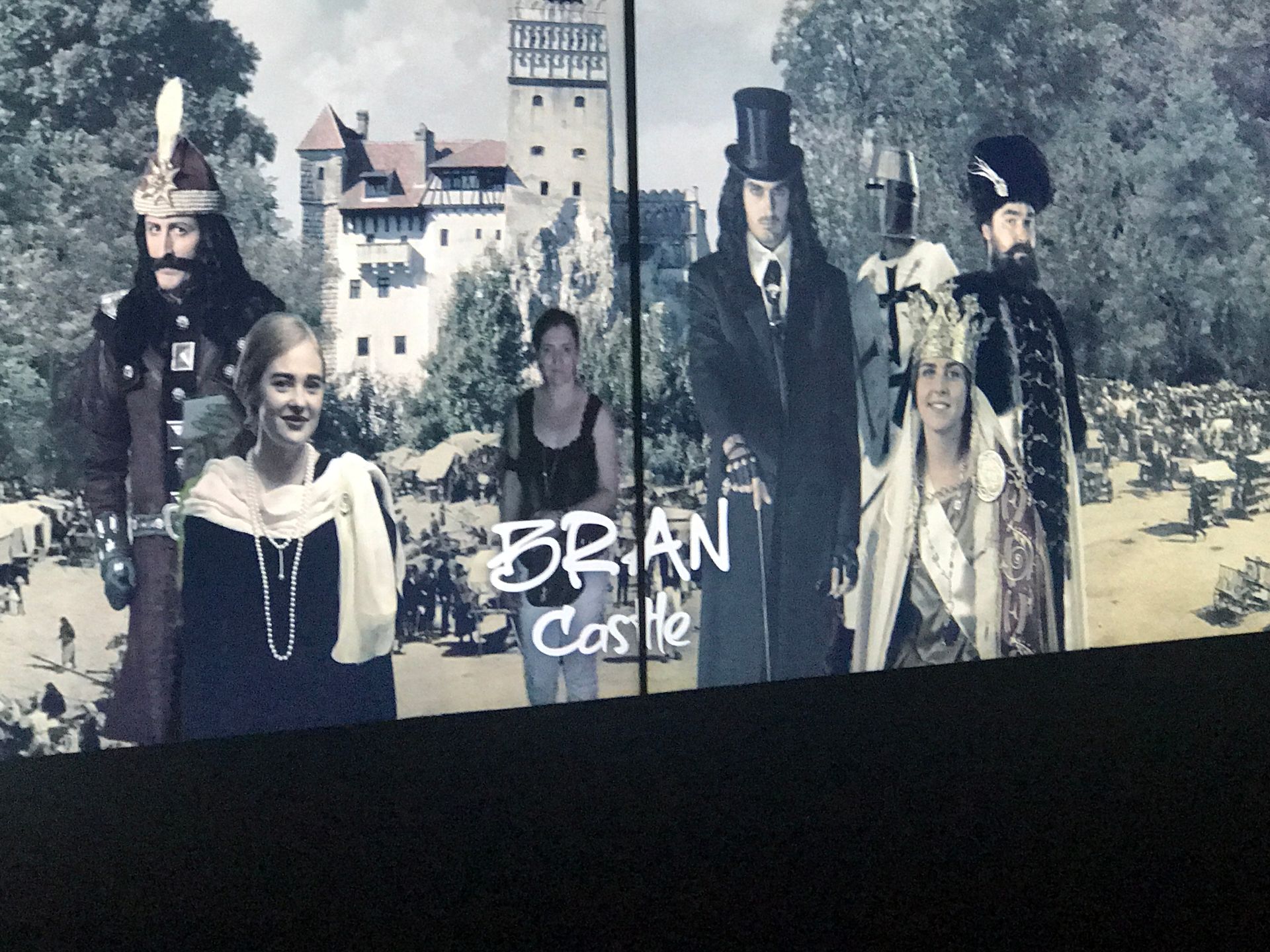
"Bram Stoker's novel takes the form of an epistolary tale, in which Count Dracula's characteristics, powers, abilities, and weaknesses are narrated by multiple narrators, from different perspectives.
(Wikipedia)
"Count Dracula is an undead, centuries-old vampire, and a Transylvanian nobleman who claims to be a Székely descended from Attila the Hun. He inhabits a decaying castle in the Carpathian Mountains near the Borgo Pass.
"Unlike the vampires of Eastern European folklore, which are portrayed as repulsive, corpse-like creatures, Dracula is handsome and charismatic, with a veneer of aristocratic charm. In his conversations with Jonathan Harker, he reveals himself as deeply proud of his boyar heritage and nostalgic for the past, which he admits has become only a memory of heroism, honour, and valour in modern times."

"Dracula is arguably the most important work of vampire fiction. The tale of the Transylvanian count who uses supernatural abilities, including mind control and shape-shifting, to prey upon innocent victims inspired countless works thereafter.
"Many popular vampire characteristics—such as methods of survival and destruction, vampires as aristocracy, and even vampires being of eastern European origin—were solidified in this popular novel and especially through its 1931 film adaptation starring Hungarian-born actor Bela Lugosi," the Britannica says.
"The novel itself is thought by some to have been inspired in part by the cruel acts of the 15th-century prince Vlad III Dracula of Transylvania, also known as “the Impaler,” and Countess Elizabeth Báthory, who was believed to have murdered dozens of young women during the 16th and 17th centuries in order to bathe in or possibly drink their blood so as to preserve her own vitality."
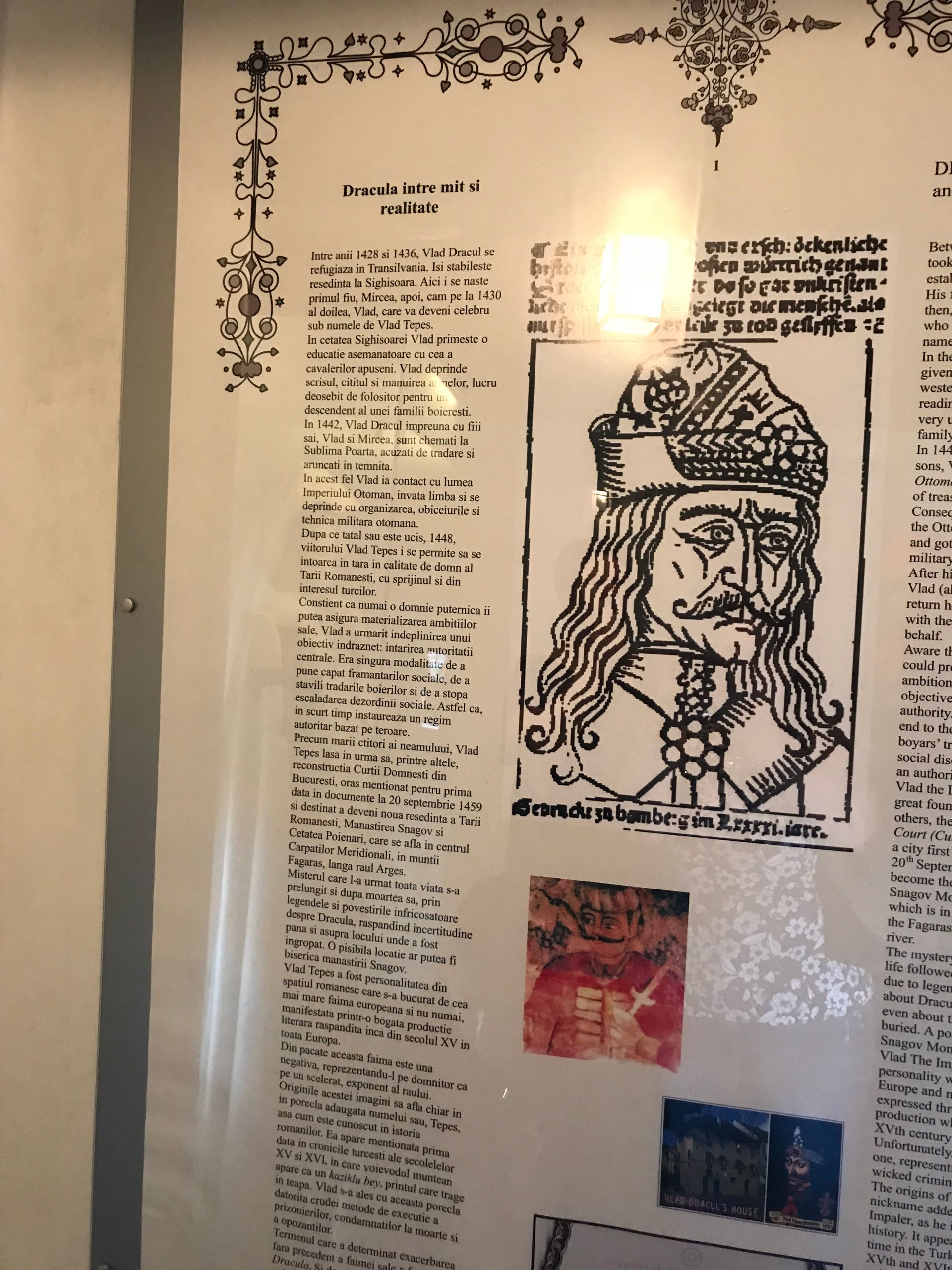
"Legends of vampires go back centuries, but few names have cast more terror into the human heart than Dracula. However, the fictional character, created by author Bram Stoker, was inspired by a real historical figure called Vlad the Impaler.
"Vlad the Impaler — also known as Vlad III, Prince of Wallachia — was a 15th-century warlord in what today is Romania, in southeastern Europe. Stoker used elements of Vlad's real story for the title character of his 1897 novel "Dracula." The book has since inspired countless horror movies, television shows and other bloodcurdling tales. However, according to historians and literary scholars, the two Draculas don't really have much in common," the Live Science says.
"Vlad the Impaler is believed to have been born in 1431 in what is now Transylvania, the central region of modern-day Romania. However, the link between Vlad the Impaler and Transylvania is a matter of debate, according to Florin Curta, a professor of medieval history and archaeology at the University of Florida."
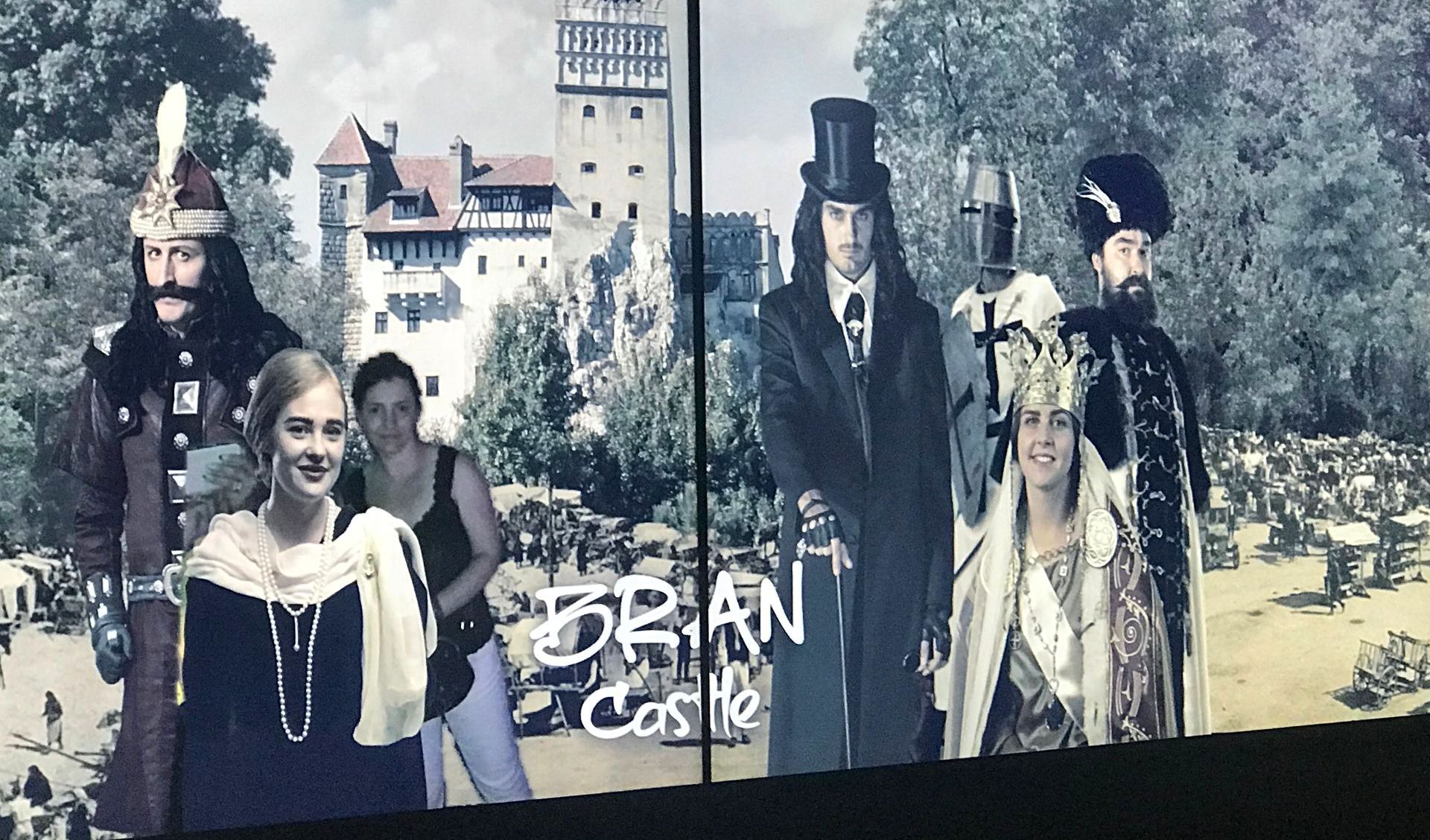
"Vlad III, commonly known as Vlad the Impaler or Vlad Dracula; 1428/31 – 1476/77), was Voivode of Wallachia three times between 1448 and his death in 1476/77. He was regarded as a hero in Romania due to his opposition to the Ottoman Empire and he is considered an important ruler in Wallachian history.
"He was the second son of Vlad Dracul, who became the ruler of Wallachia in 1436. Vlad and his younger brother, Radu, were held as hostages in the Ottoman Empire in 1442 to secure their father's loyalty. Vlad was held in captivity in Visegrád from 1463 to 1475. During this period, anecdotes about his cruelty started to spread in Germany and Italy. He was released at the request of Stephen III of Moldavia in the summer of 1475.
"Books describing Vlad's cruel acts were among the first bestsellers in the German-speaking territories. In Russia, popular stories suggested that Vlad was able to strengthen his central government only by applying brutal punishments, and many 19th-century Romanian historians adopted a similar view. Vlad's patronymic inspired the name of Bram Stoker's literary vampire, Count Dracula." (Wikipedia)
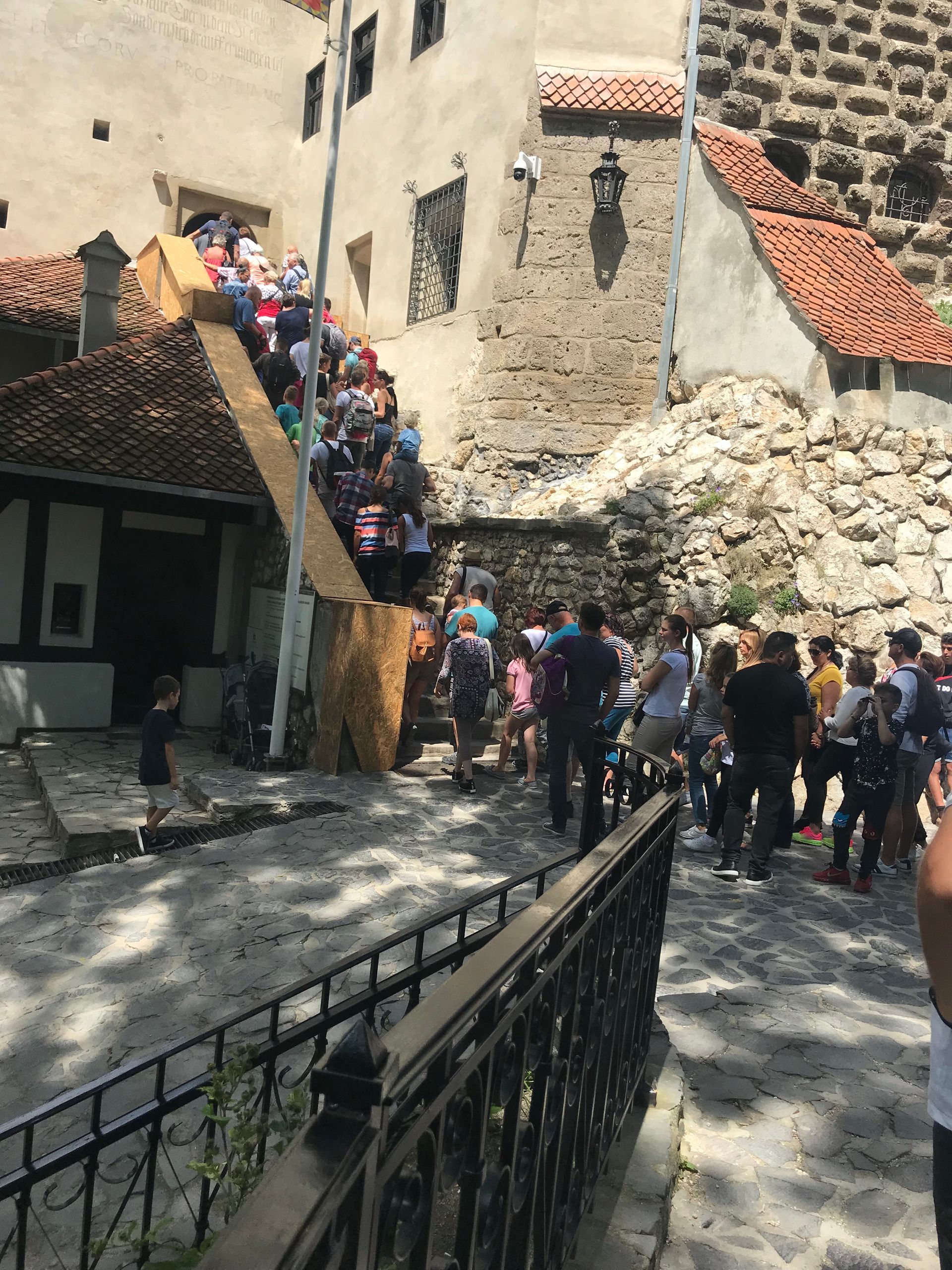
"Although
Bram Stoker - the author of Dracula novel - never traveled to Romania, he crammed his book with descriptions of many real locations that can still be visited in present-day Romania. They include Sighisoara medieval citadel - birth place of Vlad the Impaler, Bran (Dracula) castle, Borgo Pass, town of Bistrita," the
Romania Tourism says.
"Other Dracula sites include: the
Old Princely Court (Palatul Curtea Veche) in Bucharest,
Snagov Monastery, where, according to legend, Vlad's remains were buried; the ruins of
Poenari Fortress (considered to be the authentic Dracula's Castle); the village of Arefu where Dracula legends are still told, the city of Brasov where Vlad led raids against the Saxons merchants, and, of course,
Bran Castle."

"A vampire is a mythical creature that subsists by feeding on the vital essence (generally in the form of blood) of the living. In European folklore, vampires are undead humanoid creatures that often visited loved ones and caused mischief or deaths in the neighbourhoods which they inhabited while they were alive.
"They wore shrouds and were often described as bloated and of ruddy or dark countenance, markedly different from today's gaunt, pale vampire which dates from the early 19th century. Vampiric entities have been recorded in cultures around the world, but the term vampire was first popularized in Western Europe following reports of an 18th-century mass hysteria drawing on a pre-existing folk belief in Southeastern and Eastern Europe.
"This delusion led, in certain cases, not only to individuals being accused of vampirism, but also to the corpses of such suspected vampires being pierced with stakes.[1] Local variants in Southeastern Europe were also known by different names, such as shtriga in Albania, vrykolakas in Greece and strigoi in Romania, cognate with Italian strega, meaning 'witch'." (Wikipedia)

"Poenari Castle, also known as Poenari Citadel (Cetatea Poenari in Romanian), is a ruined castle in Romania which was a home of Vlad the Impaler. The citadel is situated on top of a mountain and accessed by climbing 1,480 concrete stairs.
"The castle is located on the plateau of Mount Cetatea, facing the west side of the Transfăgărășan, on a canyon formed on the Argeș River valley, close to the Făgăraș Mountains. Poenari Castle was constructed around the beginning of the 13th century by Wallachians. Around the 14th century, Poenari (then known as Castle Arges) was the main citadel of the Basarab rulers. In the next few decades, the name and the residents changed a few times but eventually the castle was abandoned and left in ruins.
"However, in 1459, realizing the potential for a castle perched high on a steep precipice of rock, Vlad III the Impaler repaired and consolidated the structure by arresting his enemies from the nobility from Wallachia,[6] making it one of his main fortresses, rebuilding the former Castle Arges on the left side of the river with stones from the older Castle Poenari, which was on the right bank and somewhat lower." (Wikipedia)

"Dracula is an 1897 Gothic horror novel by Irish author Bram Stoker. The narrative is related through letters, diary entries, and newspaper articles. It has no single protagonist and opens with solicitor Jonathan Harker taking a business trip to stay at the castle of a Transylvanian nobleman, Count Dracula. Harker flees after learning that Dracula is a vampire, and the Count moves to England and plagues the seaside town of Whitby. A small group, led by Abraham Van Helsing, hunts and kills him.
"The novel was mostly written in the 1890s, and Stoker produced over a hundred pages of notes, drawing extensively from folklore and history. Scholars have suggested various figures as the inspiration for Dracula, including the Wallachian prince Vlad the Impaler and the Countess Elizabeth Báthory, but recent scholarship suggests otherwise. He probably found the name Dracula in Whitby's public library while on holiday, selecting it because he thought it meant 'devil' in Romanian. " (Wikipedia)
Photos: World's Most Famous Vampire, world record set by Count Dracula
(1) Vlad Ţepeş, the Impaler, Prince of Wallachia (1456-1462) (died 1477). Picture gallery of the Vienna Art History Museum/Wikipedia
(2) Cropped and edited version of this file, featuring Bela Lugosi and Edward Van Sloan. Universal Studios/Wikipedia
(3,4,5,6,7,8,9,10) World’s First Dracula's Castle Theme Park, The Bran Castle sets world record/WRA
(11) Poenari Castle. /Emmanuel BRUNNER/Wikipedia
(12) A faithful reproduction of the original book cover, with colours slightly enhanced due to the book's age./Wikipedia
Related world records:
